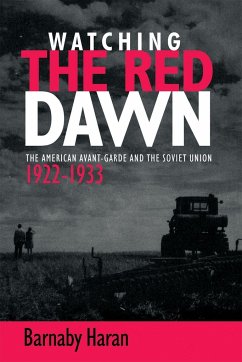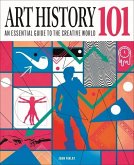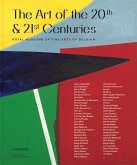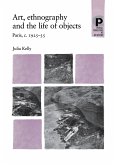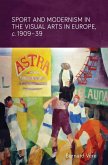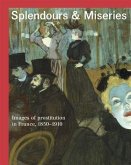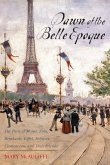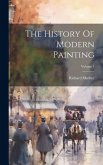Watching the red dawn charts the responses of the American avant-garde to the cultural works of its Soviet counterpart, over the period from the formation of the USSR in 1922 to recognition of this new communist nation by the USA in 1933. This time marked great changes in both the USA and the USSR, taking in the machine cult of the 1920s, the radical culture of the Great Depression, the epic narrative of the Soviet Five-Year Plan and the first stirrings of Stalinist terror. With a unique interdisciplinary and transnational approach, this book provides new perspective on the American avant-garde. American artists, writers, and designers looked at the emerging Soviet Union with fascination, as they observed this epochal experiment in communism develop out of the chaos of the Russian Revolution and Civil War. They organised exhibitions of Soviet art and culture, reported on visits to Russia in books and articles and produced works that were inspired by post-revolutionary culture. One of the most important innovations of Soviet culture was to collapse boundaries between disciplines, as part of a general aim to bring art into everyday life. Correspondingly, this book takes an interdisciplinary approach by looking at American avant-garde responses to Soviet culture across several media including architecture, theatre, film, photography and literature. Watching the red dawn considers the putative area of 'American Constructivism' by examining the interconnected ways in which Constructivist works were influential upon American practices. Figures discussed include Louis Lozowick, Jane Heap, Frederick Kiesler, Ralph Steiner, John dos Passos, Margaret Bourke-White, and Langston Hughes. This book will be invaluable to students and specialists in American studies, architecture, art history and visual culture.
Hinweis: Dieser Artikel kann nur an eine deutsche Lieferadresse ausgeliefert werden.
Hinweis: Dieser Artikel kann nur an eine deutsche Lieferadresse ausgeliefert werden.

